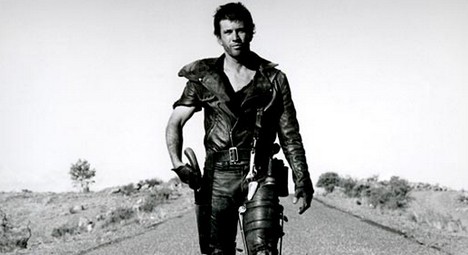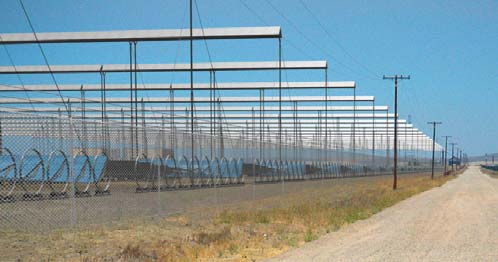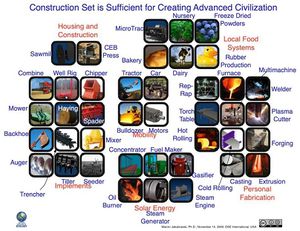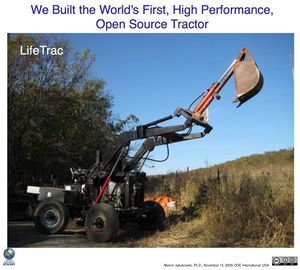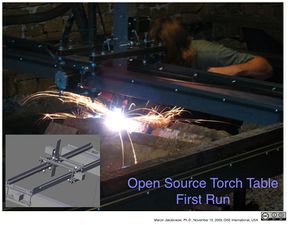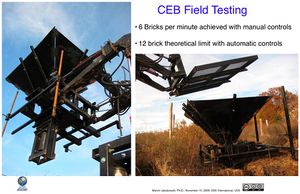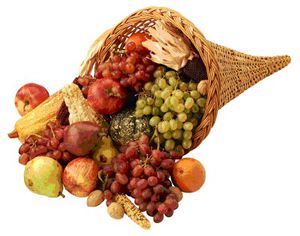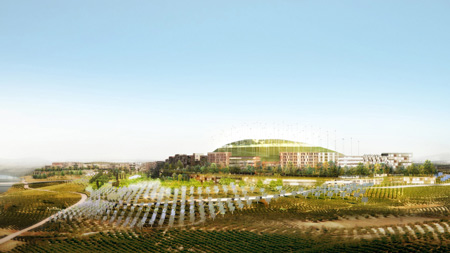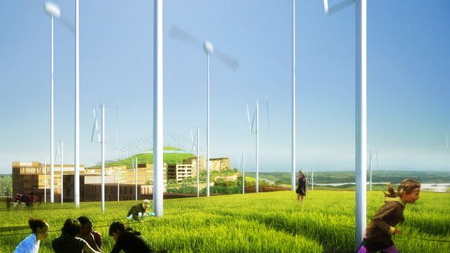H Plus Summit Slides
Marcin will be presenting this 5 minute presentation at the Humanity Plus Summit.
The flavor is high-tech neosubsistence.
Slide 1- Cover
How to Build the World's First, Replicable, Post-Scarcity Resilient Community By Marcin Jakubowski, Ph.D. Presented at the H+ Summit, Irvine, Californa December 5-6
Slide 2
Imagine if you took all that society has learned to date, and apply it to a better world? How about a post-scarcity, resilient community? I mean a settlement, just like today, but based on open source. What would it look like?
The unique part is that we have a unique point in history of high tech and instant communication. Today, it's possible to create advanced civilization from dirt and sticks, anywhere. This has been proven historically - except on a the global scale. People continue to plunder and kill each other to get their piece across the globe, to the tune of 150M per century, and history indicates this number will increase this century. Let's cut that out, and get high-tech, advanced neosubsistence from any piece of land.
Of course that's the extreme, but it's possible, and exendable to communities, towns, and cities.
So, let's build a post-scarcity town.
From [1]
Slide 3 - Basic requirements: energy, materials, housing, food, technology. Or, 6 ways to die
File:6 ways to die.jpg Let's start with basic requirements. Food,energy, housing. land. The sun fuels the land. You might want some clean energy - say from the sun.
It boils down to energy - do we have it? Yes, the sun is the source of all power. The USA use approaches 1000 GW (3kW per person) these days. NASA scientists can tell us that this power can be generated from a square area of 100 miles on the side. This is about .3% of the area of the USA. Next.
Slide 4
If we have energy, then we can have materials. Let's turn dirt into advanced civilization.
1. Take clay, and you can smelt aluminum. This is aka advanced civilization.
2. Take sand and you have silicon. This is aka digital age.
It's happening fast.
Slide 5
For technology - here's my favorite example. You can build RepRap - the OS 3d printer - for 300 in parts. It would cost you $10k for a commercial version.
Slide 6
The subset of tech that we promote is the GVCS - we're building the construction set for building civilization...
That's what we're doing. In particular, we claim that with these 40 technologies and external metal supply, we can create civilization from scratch. (40 pieces)
.
Slide 7
We have built some parts of the GVCS: OS tractor...
Slide 8
Open source torch table prototype:
Slide 9
...and CEB press. Open source, crowd supported, post-scarcity aimed.
Slide 7
Next, move to RepLab - the open source fab lab. You may have heard of the fab lab - the lab scale microfactory where they claim you can make just about anything.
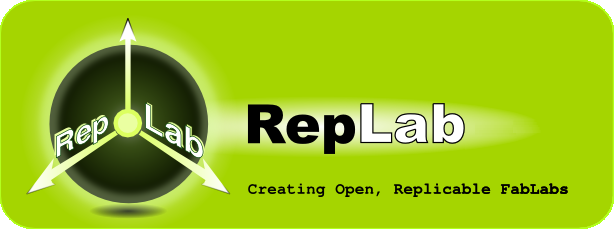
Slide 8
As technology drops in size, and information flows increase - the inevitable is technological recursion where anyone can make anything anywhere. You can create a locus of advanced civilization - on a 30 acre farm. That's our experiment.
Slide 9: Economy
What's the economy? Digital fabrication, neosubsistence. Produce if you like. Let an automated tractor do your agriculture, or a robot milk your goats. Time requirement - we're doing an experiment that shows 12 hours of time per person per year for 12 people. This collects and grows your energy and fuels. You live a quality of life where you decide what to do with your time. The rest is harvest and enjoying local food. You can go to the restaurant, too. We do trade, but we also know how to produce everything.
Slide 10: Who are the competitors?
Our competition is the mainstream economy. Most people favor their 9 to 5s. another competitor is Seasteading. However, we like to do it on land - as autonomous production means autonomous community - and it's cheaper than at sea. We gather a few friends, live happily ever after.
We prefer this:
and this:
Slide 11
This is not easy. Most people don't believe this is possible. MOst don't believe they could be makers. Most don't understand that all wealth comes from the ground. Most people don't understand that technology exists to turn dirt and twigs into anything. And in particular, they don't understand that just about all of this can be done in their backyard.
